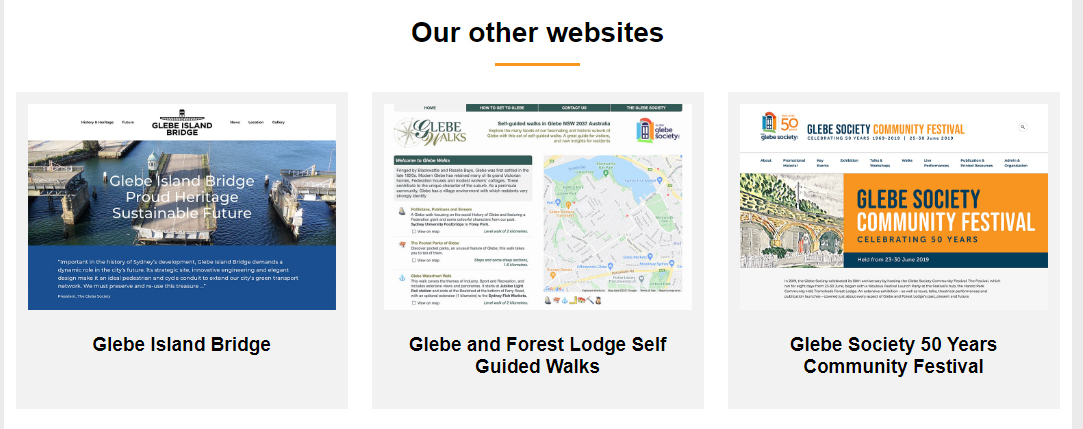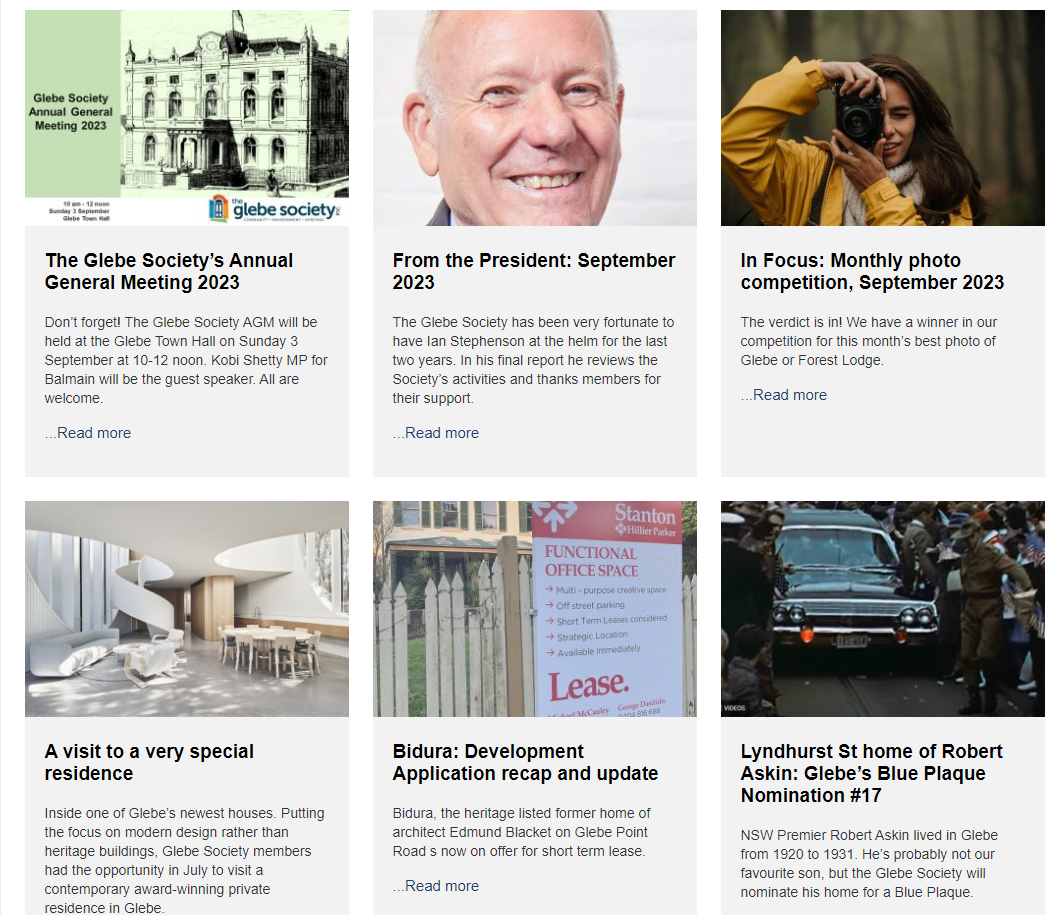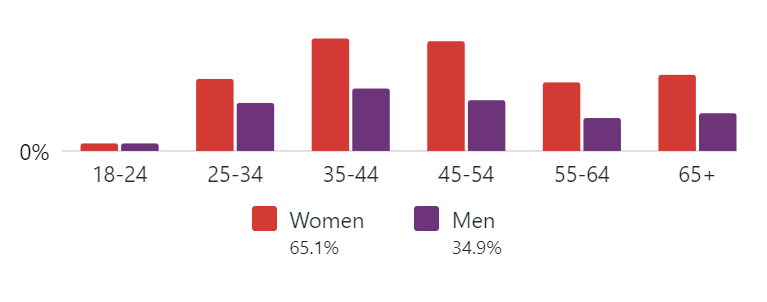
By Allan Hogan, Convenor, from Bulletin 8 of 2023 (October)
The Bulletin
The headline event of this year’s report is the change in the method of production and distribution of the Society’s monthly Bulletin. Following Virginia Simpson-Young’s decision to stand down as Editor after nearly ten years in the job, the Communications subcommittee decided it was time to re-assess the highly labour-intensive task that Virginia had so generously performed. The search for a volunteer replacement as Editor was unsuccessful, so an editorial group comprising Allan Hogan, Virginia Simpson-Young, Sarah Fogg, and Tarny Burton considered how to share the tasks involved in producing the Bulletin and posting to our social media sites.
Members will by now be familiar with the redesigned Bulletin which resulted from those considerations. Starting with this year’s March edition, the Bulletin is now emailed to subscribers using Mailchimp, while the print version (with a changed format) is delivered to those who choose to receive a hard copy. The changed format allows the tasks of commissioning and receiving articles, editing and proofreading, posting to social media, and preparing and sending the Mailchimp email-out, to be shared by the editorial group. It seems that members are pleased with the changes and continue to rely on the Bulletin for important information about the Society and its activities.
Some topics have been recurring stories in this year’s Bulletins; the Glebe Road cycleway, the State Government’s plans for the demolition of 82 Wentworth Park Road, and the Fish Market redevelopmentre-development plans. Other articles have included the retirement of MP Jamie Parker, and the election of Kobi Shetty as the new member for Balmain. The grant making possible a survey of the biodiversity of Glebe’s Hill has generated great interest, and the Blue Wren subcommittee has kept members informed of continuing developments.
A regular feature of each edition has been the entertaining and informative stories about Glebe’s historical houses and people written by Lyn Collingwood and Rodney Hammett. Lyn also contributes the monthly ‘Mystery Photo’ competition which even knowledgeable locals can find hard to solve. The August edition announced a monthly competition for the best photo taken within the 2037 postcode, with an annual winner to be awarded a free invitation to the Society’s Christmas Party.
The Bulletin has kept members regularly informed about the program of guided walks offered by the Society. These have included a tour of Toxteth House and Toxteth Estate led by Glebe historian Max Solling; a guided walk of the heritage-listed precinct of the University of Sydney’s main Quadrangle and neighbouring buildings; highlights of the Chau Chak Wing Museum; and coming up on 15 October a tour of the Villas of Glebe pre-1870. Dorothy Davis has been the driving force behind the organisation and planning of these walks with assistance from Katharine Vernon and Virginia Simpson-Young.
Each edition of the Bulletin has included a story about the Society’s nominations for Blue Plaques, the program run by Heritage NSW to share the hidden history and heritage of NSW. The nominations have included the homes of journalist Dorothy Drain, founders of the Glebe Society Bernard and Kate Smith, cartoonist Les Tanner, explorer Douglas Mawson, and NSW Premier Robert Askin. Our nomination for a Blue Plaque for cricketer ‘Tibby Cotter’ was successful, and it now decorates the front gate of Monteith, his family home on Glebe Point Road.
I extend my thanks to members of the subcommittee for their hard work over the past year. In particular to the Bulletin and social media team; Tarny Burton, Sarah Fogg, and Virginia Simpson-Young. Thanks also to Phil Young and Phil Vergison for their photos, and to proofreaders Edwina Doe, Emily Booker, Sybil Jack, and Alex Byrne. Thanks are also due to the mailout team, led by Phil Young and Jude Paul.

Glebe Society Websites
The Society manages four websites: www.glebesociety.org.au, www.glebeislandbridge. com, www.50years.glebesociety.org.au and www.glebewalks.com.au Each of these sites can be viewed on a computer, tablet, or smartphone.
We add most Bulletin articles to the Latest News section on the Home Page each month. This means that the Home Page is constantly changing, so visitors will likely see new information each time they visit.

The main website was used by over 33,000 people in the last financial year, 91% of whom were first-time users. Some of those people returned to the site at least once, as the site was viewed almost 67,000 times. 54% of the users looked at the website from a desktop computer and 46% were using either a mobile phone or tablet.
About 90% of users arrived at the website after an internet search or by directly entering the Glebe Society address, and about 9% were channelled to our site from our social media, usually our Facebook page. Most of our Facebook posts include a link to a relevant page on our website, usually content from the most recent Bulletin. Thanks to Sarah Fogg for her work uploading these posts.
The main website receives questions and comments from visitors to the site and these include inquiries about family histories; requests for support for a variety of causes; praise for a particular post (eg, Jamie Parker’s retirement); and criticism (eg, posts about the Bridge Road cycleway).
Last financial year, almost 2000 people viewed the Glebe Island Bridge site, most of whom were new users. Some of those people must have come back to the site, as it was viewed over 3,500 times. 67% of viewers arrived at the site after actively searching with a relevant search term. 54% of views were from a desktop computer, 46% from a mobile phone or tablet.
Social Media
The Glebe Society’s social media includes Facebook, YouTube, Instagram and Twitter. Our social media posts are mostly links to website posts based on Bulletin articles.
In May this year, we started using a platform called ‘Later’ that enables us to create Facebook and Instagram posts at the same time. By using Instagram as well as Facebook, we’re able to reach a broader audience. We currently have a respectable 55 followers on Instagram. Although we have a Twitter account, we have not really made use of it in the last year. We have 543 followers on Twitter.
The Communications Subcommittee’s social media activity is down this last 12 months compared with the previous 12 months. This is probably attributable to the change in the Bulletin production procedures which has required us to attend to that. It is probably also due in part to getting up to speed on using a different method (Later) for posting on multiple social media channels.
If you are a member who is familiar with social media, please consider whether you would like to help with our social media – it would help spread the load. We would make sure you get all the support you need.
Currently, 1,792 people follow the Glebe Society on Facebook, 67 of whom came on board in the last year. For your interest, the figure below shows the age and gender of our Facebook followers:

We made 81 posts on Facebook in the past year, which was about 30% fewer than the previous 12-month period. Our Facebook page was visited 3,435 times; and our posts were seen by 8,439 people.
Our most popular post was, it turns out, not a link to a story on our website, but a photo of Bridge Road at Blackwattle Bay in 1923 (see photos below). It was viewed by about 1,700 people. Our second most popular was an old photo of primary school students at St Scholastica’s. As in previous years, the Mystery Photo was very popular, with 907 people viewing the June Mystery Photo.


Our two most popular Facebook posts in the last year featured these images.
Volunteer Grant for database and research
The Society received a grant of $2400 from the Commonwealth Government as part of the Community Grants Hub. The program is aimed at revitalising volunteering in local communities, and the Society’s application was supported by Tanya Plibersek, the Member for Sydney. The Society is planning to recruit a volunteer team to research and input data on Glebe’s built environment. The planned database will include development and planning (including submissions and reports) and researching the history of Glebe (including plans, maps, social history and images). The grant money will be spent on suitable software and cloud storage. Members who are interested in participating should contact Ian Stephenson (Stephensonian2020@outlook.com)








There are no comments yet. Please leave yours.